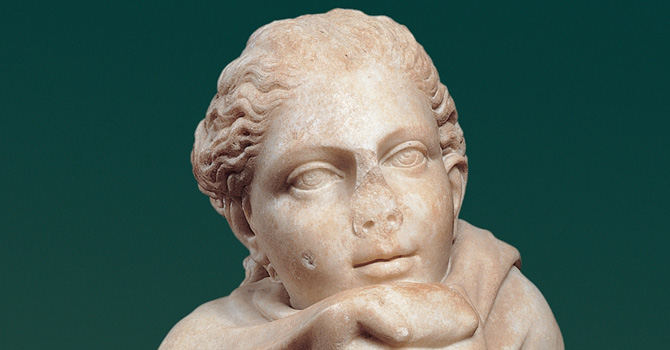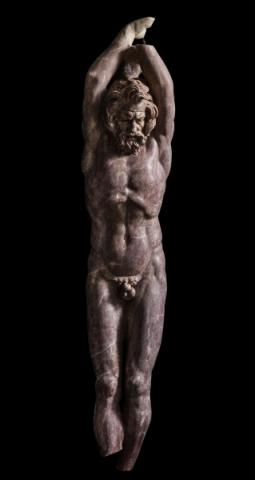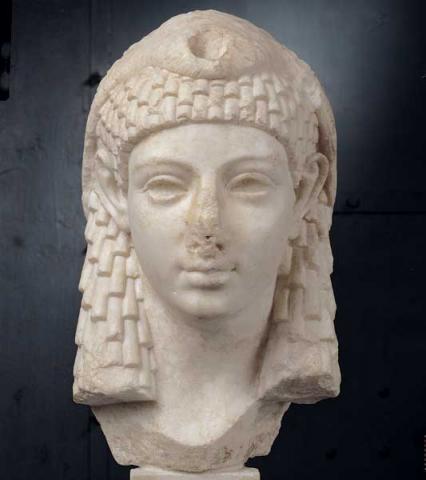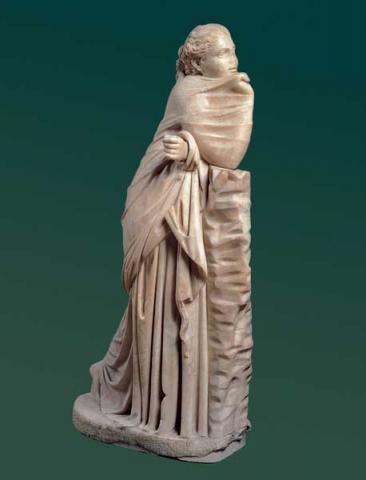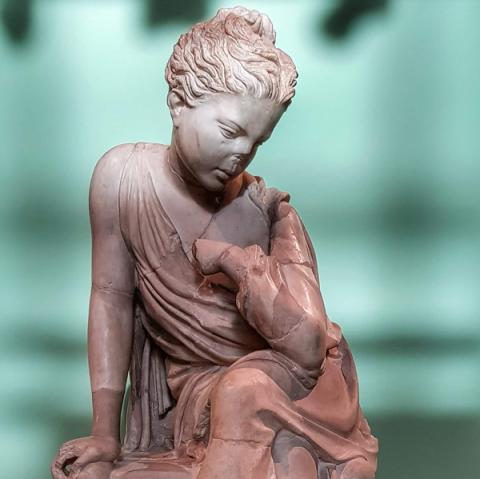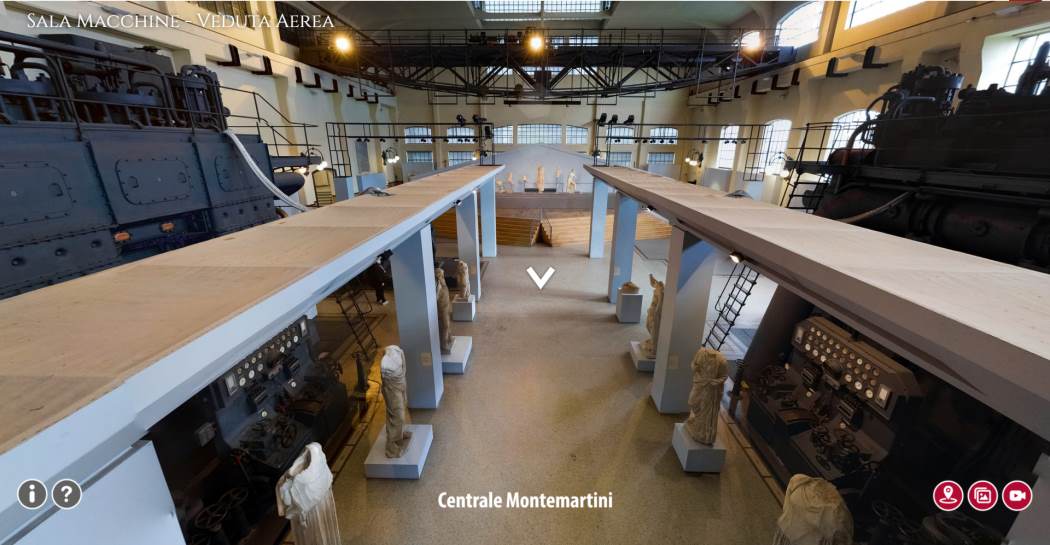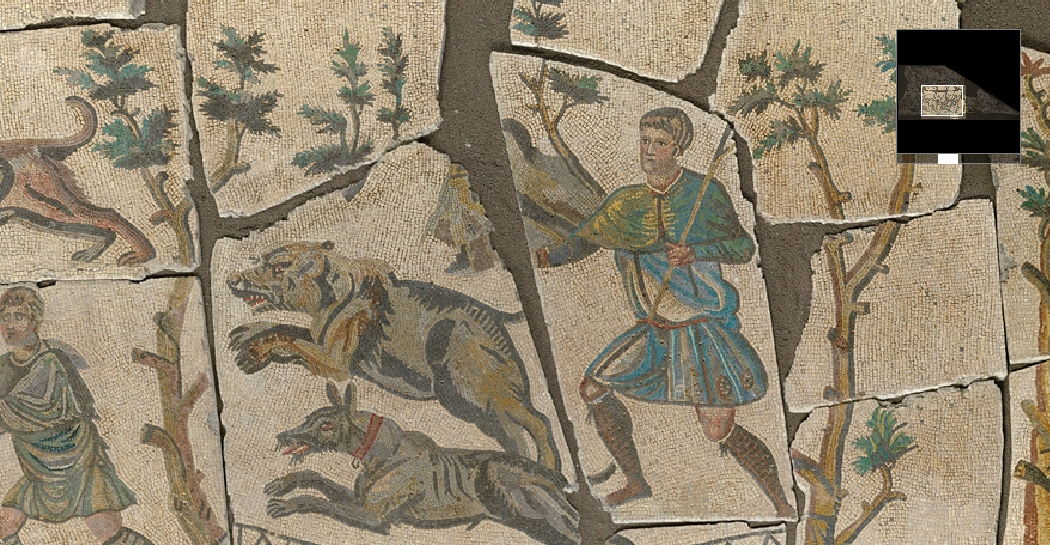Horti Spei Veteris
The Horti Spei Veteris were a large imperial estate extending from what is now Porta Maggiore to the south-east corner of the city. Emperor Septimius Severus transformed them into gardens, building a splendid residential complex here (completed by Heliogabalus) comprising a palace with a circus and court amphitheatre. Parts of this structure, the so-called ‘Amphitheatrum Castrense’, still survive today. In fact, it was incorporated into the Aurelian Walls that were built from AD 271 onwards to defend the city from barbarian attacks, bisecting the Severan monumental complex. The splendid statue of the Muse Polymnia, which probably belonged to the decorative scheme of the Horti Spei Veteris, was found in 1928 in an underground passage near Villa Fiorelli, along with another statue portraying the Muse Melpomene (now in the Nazionale Romano) and a hoard of coins from the periods of Marcus Aurelius and Septimius Severus.
